Are Parabens Harmful? The Truth About Parabens in Skincare
Are Parabens Bad for Your Skin? Understanding Their Role in Cosmetics and Hair Products
Preservatives play a crucial role in keeping cosmetic products safe by preventing the growth of bacteria, mold, and yeast. The most common preservatives used in beauty products are parabens.
These ingredients help make cosmetics last longer. They work for skincare and hair products. This keeps them effective and safe from contamination.
However, concerns have emerged regarding their health effects, particularly their potential impact on hormone estrogen levels and skin irritation. Many consumers now seek paraben-free products, questioning whether these ingredients are truly safe. This article explores their role, different types, and what science says about their safety.

How to Identify Parabens in Cosmetics
Recognizing parabens in cosmetics is simple. They always end with “-paraben” in the ingredient list:
➡️ Methylparaben
➡️ Ethylparaben
➡️ Propylparaben
➡️ Butylparaben
➡️ Isopropylparaben
➡️ Isobutylparaben
Why Are Preservatives Used in Cosmetics and Personal Care Products?
Cosmetic products, especially those containing water, create an ideal environment for microbial growth. Without preservatives, bacteria and fungi could develop quickly, leading to contamination and potential skin irritation.
Regulatory bodies such as the Scientific Committee on Consumer Safety (SCCS) and the Cosmetic Ingredient Review (CIR) have studied these preservatives extensively. They have found that certain amounts of parabens are safe in cosmetics and personal care products. This is true as long as they stay within recommended limits.
Despite these assurances, some scientists and health-conscious consumers remain skeptical. They worry that using many products with common parabens every day might cause health problems over time.
Common Parabens and Their Types
There are several types of parabens used in beauty and hair products. Some of the most widely used include:
• Methylparaben – Found in moisturisers, foundations, and shampoos
• Ethylparaben – Used in lotions, serums, and deodorants
• Propylparaben – Common in hair products and shaving creams
• Butylparaben – Found in sunscreens and anti-aging creams
These ingredients work well because they stop bacteria and fungi from growing. This keeps products safe to use for a long time.
How to Identify Parabens in Ingredient Lists
Knowing how to spot parabens is important for making smart choices about your skincare and hair products. On ingredient lists, they typically appear with their chemical names, such as:
• Methylparaben
• Ethylparaben
• Propylparaben
• Butylparaben
They may also be labeled as “parahydroxybenzoates,” another term for this group of preservatives. If you prefer paraben-free products, look for alternatives that use natural preservatives like sodium benzoate, potassium sorbate, or ethylhexylglycerin.
Are Parabens Safe? Examining the Health Effects
The safety of these preservatives has been a topic of debate for years. Regulatory agencies say these substances are safe at approved levels. However, people still worry about their long-term effects on the body.
1. Skin Irritation and Allergic Reactions
For most people, these preservatives do not cause noticeable skin irritation. However, individuals with sensitive skin may experience redness, dryness, or mild allergic reactions. Some types of parabens, like butylparaben and propylparaben, can cause more irritation. This is especially true for damaged or sensitive skin.
2. Hormone Estrogen and Endocrine Disruption
One of the most debated concerns is the potential for parabens to interfere with hormone estrogen levels. Some studies suggest they can mimic estrogen by binding to estrogen receptors in the body. This has led to concerns about potential hormonal imbalances and their links to reproductive health issues.
The levels of parabens in cosmetics are much lower than those used in studies. These studies have suggested that parabens can disrupt hormones. Despite this, many consumers choose to limit their exposure as a precautionary measure.
Parabens in Shampoos and Hair Products: A Source of Daily Exposure
Hair products, especially shampoos and conditioners, often contain these preservatives to prevent the growth of microbes in moist environments. Since shampoo is rinsed off quickly, some argue that exposure is minimal. However, repeated daily use can lead to prolonged contact with the scalp, raising concerns about absorption over time.
If you’re looking to reduce exposure, many brands now offer paraben-free shampoos formulated with alternative preservatives.
Concentrations of Parabens in Cosmetics
Regulatory agencies, such as the SCCS and CIR, have established strict limits. These limits apply to the amount of preservatives allowed in beauty products. The maximum allowed concentration for an individual product is 0.8%, while a combination of multiple parabens cannot exceed 1.0%.
Even with these restrictions, people still worry. Using many products, like lotions, serums, and shampoos, might increase overall exposure. This is one of the key reasons why paraben-free products have gained popularity in recent years.
| Name | Permitted concentration | Studies available |
|
Propylparaben Butylparaben |
0,19% | Yes |
|
Methylparaben Ethylparaben |
0,4% | Yes |
| Isopropylparaben |
No fixed determination |
No |
| Phenylparaben |
Use Prohibited |
No |
Do Parabens Affect Long-Term Health?
Studies have found parabens in human tissue. However, the direct impact on health is still being investigated.
Some researchers believe that repeated exposure to endocrine-disrupting chemicals can cause health issues. This can happen even if the amounts are small. These health problems may last a long time.
That said, the current scientific consensus is that these preservatives are safe when used in approved concentrations. The challenge is to understand how different sources of exposure can affect our bodies. These sources include cosmetics, personal care products, some foods, and drugs.
Paraben-Free Products: A Safer Alternative?
With growing awareness of potential risks, many brands now offer paraben-free products as an alternative. These products contain preservatives that are not good for sensitive skin. They also do not benefit your skin.
• Sodium benzoate – Found in fruit extracts and used in natural skincare
• Potassium sorbate – Commonly used in organic beauty products
Consumers who want to avoid synthetic preservatives may like these alternatives. This is especially true for those with sensitive skin or worries about long-term effects.
With NAYA, you don't need to worry about these ingredients. NAYA products are 100% free.
Making Informed Choices in Beauty and Skincare
Understanding the role of preservatives in cosmetics and personal care products allows consumers to make informed choices. Current research shows that these substances are safe in low amounts. However, some people choose to avoid them. They worry about hormone levels, skin irritation, and long-term exposure.
If you’re looking to reduce your intake of certain preservatives, consider:
• Checking ingredient lists to identify parabens and their types
• Choosing paraben-free products when possible
• Limiting the use of multiple products containing synthetic preservatives
Other Harmful Ingredients in Cosmetics
We believe that good skincare should avoid the following ingredients:
➡ Mineral oils: Synthetic fats derived from petroleum. They create a barrier on the skin, preventing it from breathing.
➡ Silicones: Used as oily components, replacing high-quality plant oils. They seal the skin and harm the environment.
➡ Alcohol: High concentrations of pure alcohol damage the skin barrier and cause dryness.
➡ Fragrances & Perfumes: All fragrances can trigger allergies. It’s better to use perfume separately than in skincare.
Final Thoughts
The question “Are parabens bad for skin?” does not have a simple answer. Scientific reviews say these preservatives are safe within approved limits. However, there are still concerns about their long-term health effects. If you prefer to limit exposure, paraben-free options are widely available.
By staying informed and choosing products that fit your skincare needs, you can build a beauty routine. This routine will support both safety and effectiveness.



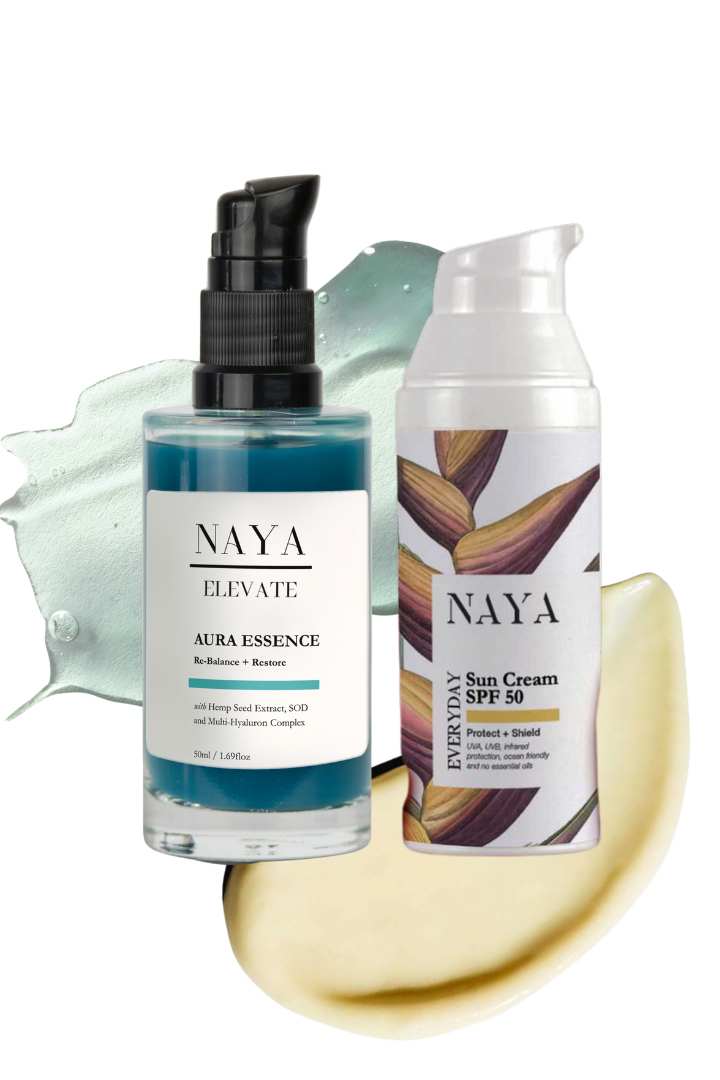

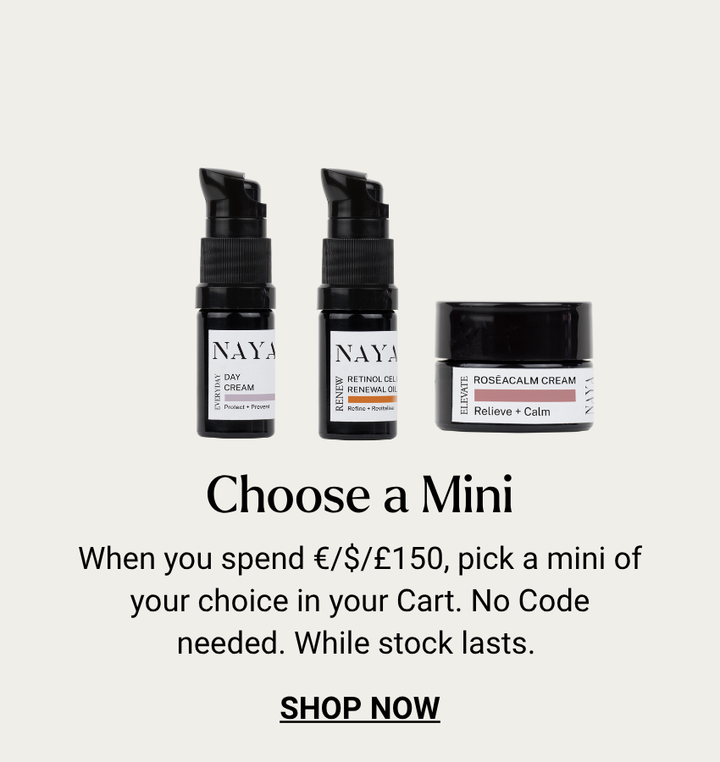
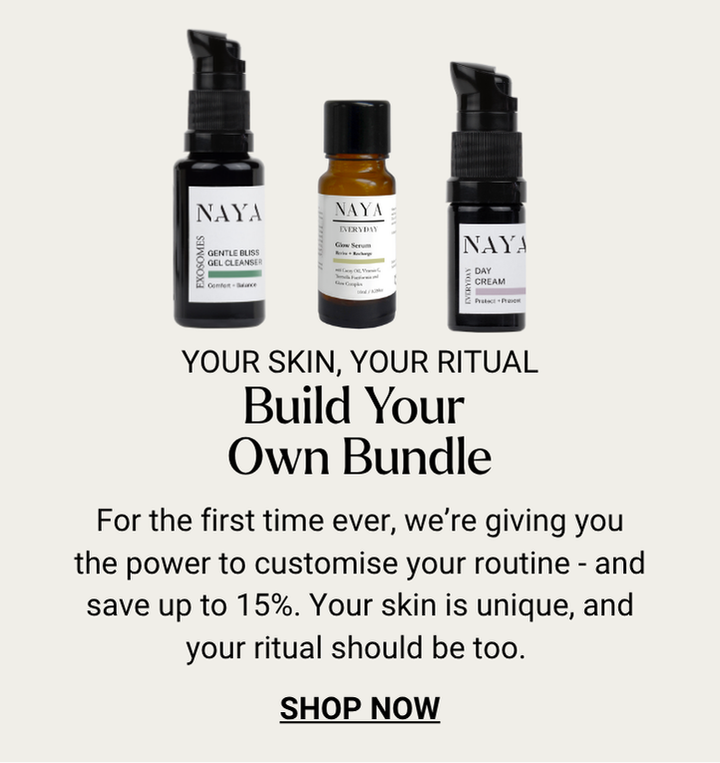


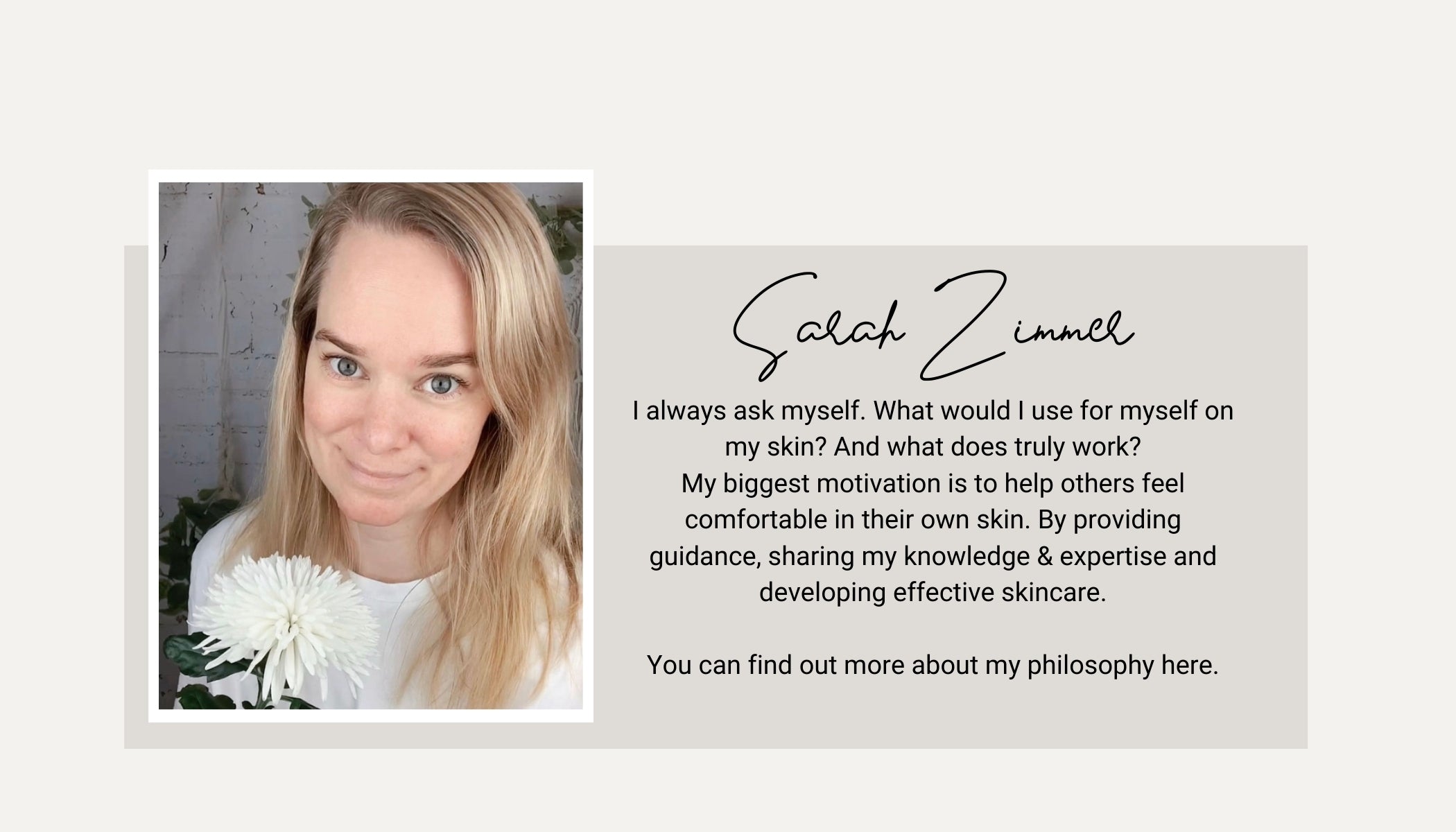



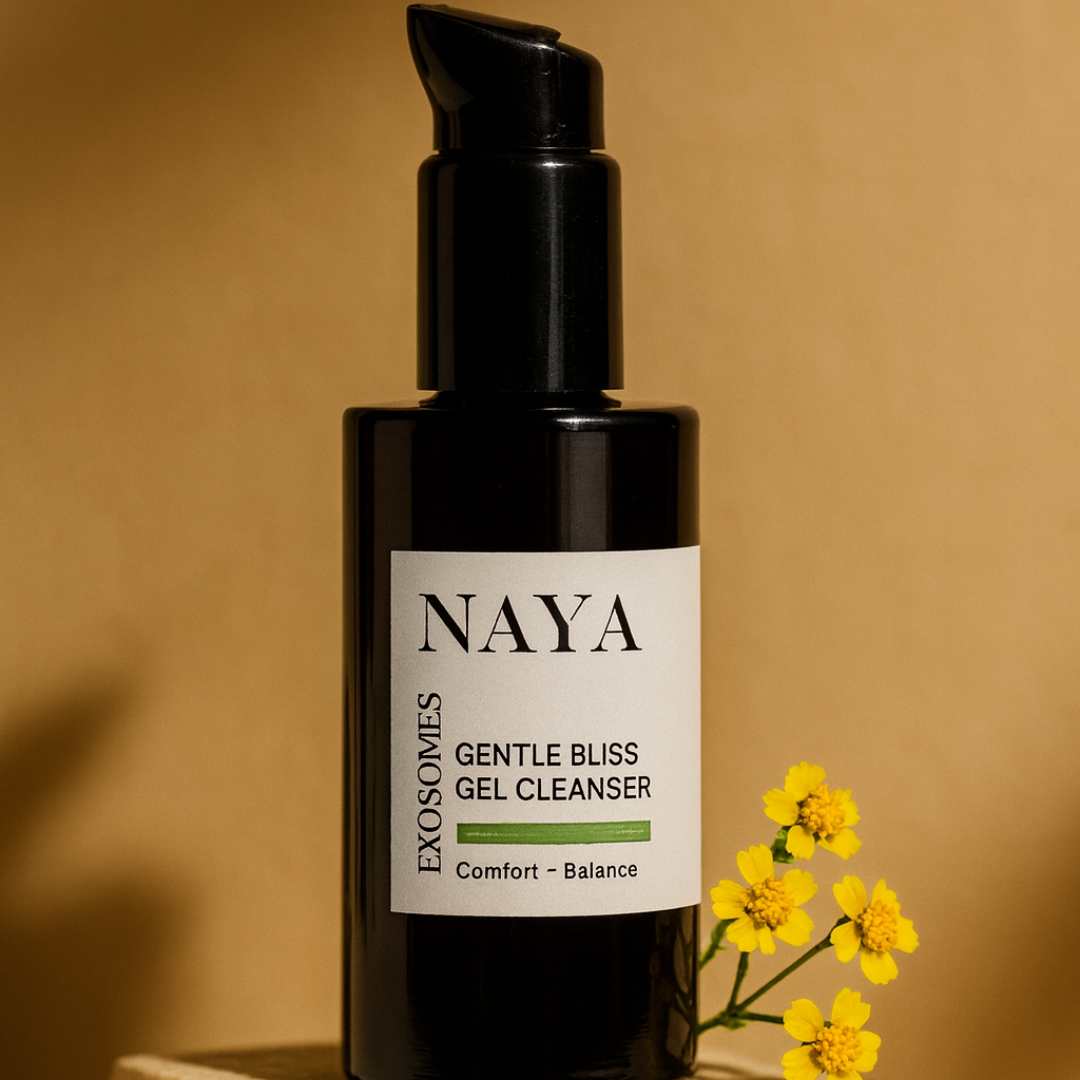
Leave a comment